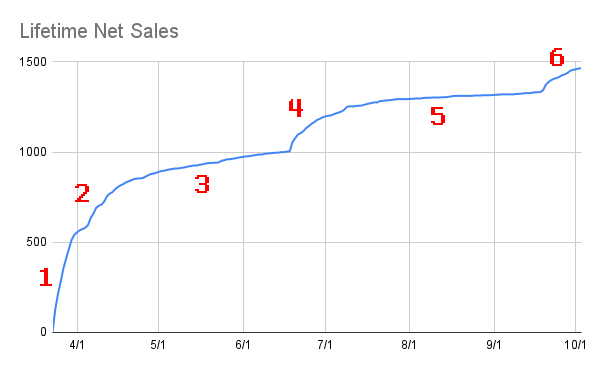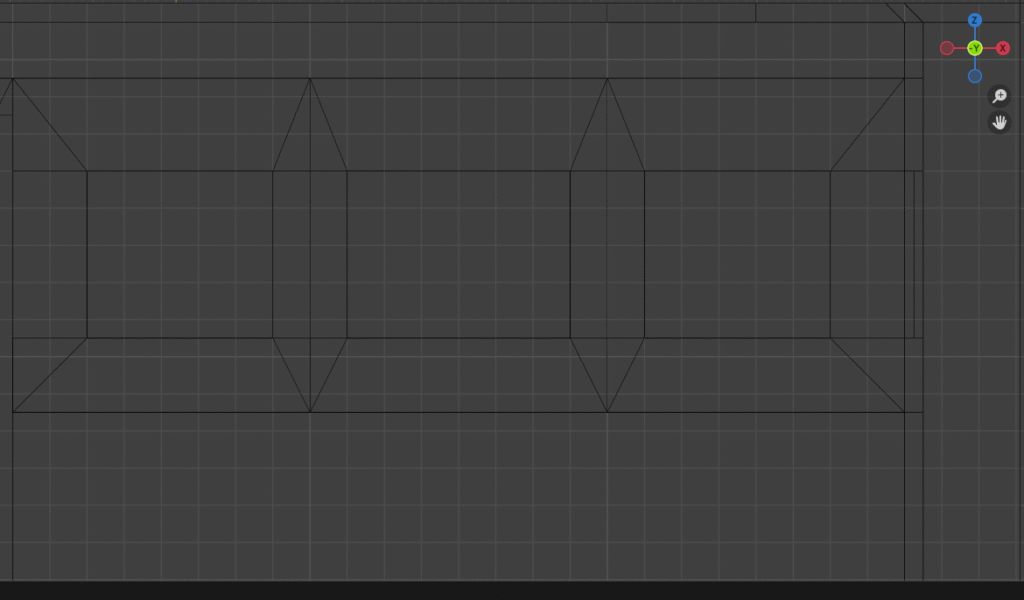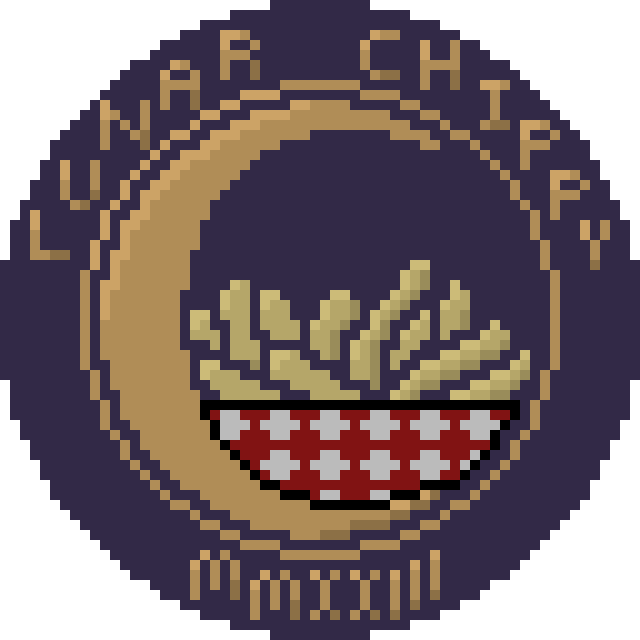Yes, the Autumn Sale isn’t actually over yet, but I was looking for something to talk about in this dev diary, and thought it might be interesting. First though, a huge thank you to everyone: Iron Village has now surpassed 50 reviews (54 as of time of writing!), making it “Very Positive” in Steam’s eyes. I literally couldn’t have done it without you all – I mean, I didn’t write any of the reviews, so *I* didn’t actually do any of it.
So as you may or may not know, discounted sales are a huge chunk of total sales. Outside of the initial launch, they are the vast majority of sales. If you look at the graph below of net sales over time, you can see a few distinct phases:
- The initial launch spike.
- A mini plateau and another spike. (This and the previous phase will be the subject of another future dev diary.)
- A shallow climb from Mid-May through Mid-June.
- A big jump coinciding with 20% off and the 1.1 release, continuing through the Summer Sale.
- An even shallower climb from Mid-July through Mid-September.
- A smaller jump in late September for 25% off for the 1.2 release and Autumn Sale.

There’s a few different variables at work, so it’s hard to pin results on any one thing, but I’ll go through them all anyway. First off, the 1.1 release: I managed to set the timing up to do a little bit of outreach to YouTubers beforehand. This was fairly limited (I always make the mistake of skipping marketing when crunched for time – even though the time crunch is my own fault), just contacting people who had played before, but since this was 1.1 and not a new release, there wasn’t much response. (Shoutout to Fort Malthus for playing it though!) Still, this may have contributed somewhat.
Second, the 1.1 update itself wouldn’t have had much impact (I figure most people hearing about 1.1 would be existing players), but Steam has a feature where it shows significant updates to games. That placement gives Iron Village more exposure on the store, and (one would assume) more sales as a result.
Third, the 20% off has a significant impact. There are several reasons for this – part of it might be Steam algorithms like to promote titles on sale, but I have no idea. The biggest measurable impact though is wishlist conversion: when a sale starts (I think there’s a percentage threshold of either 15 or 20%), an email goes out to everyone that has the game on their wishlist. Some people will hit the buy button thanks to this email, either because the sale was enough to make them buy it, the email reminded them that the game existed and they decided to buy it, or both. It also means plenty of people remove the game from their wishlist without purchasing – sometimes you decide you’re just not that into that game, and your wishlist is already super long.
The seasonal sale has an additional impact on top of the previous ones as well. I had structured the 1.1 sale as an extended sale, such that the seasonal sale would just extend the release sale I had made. Whether or not that’s a good plan, I have no idea. I might try some experiments later with separating them and see how that works, but there’s so many variables there might not be a ton of useful information. However, that seasonal sale means (1) an additional email (although Iron Village has to compete with every other game on sale on your wishlist) and (2) a bunch more eyes on the store to begin with. That ends up driving another mini-bump within the sale.
The 1.2 release has been pretty similar, except a lot less marketing – it’s basically just been Steam’s algorithms doing the work. It’s definitely been a smaller jump, probably partly to do with it not being a brand new release, and partly because 25% isn’t much more than 20%, but still a big chunk of sales!

Anyway, if you made it this far, here’s a cryptic teaser of project OY! More to come later.

Leave a Reply